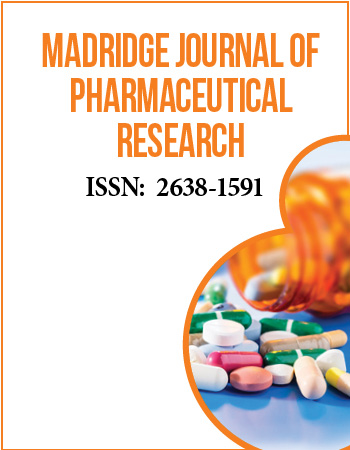2nd International Conference on Pharma & Nutrition, Health and Aging
August 1-2, 2019 Valencia, Spain
Effects of Nutritional Interventions on Senescence Markers in Adipocytes In vivo and In vitro
1The Ageing Biology Centre, Newcastle Institute for Ageing, Institute for Cell and Molecular Biosciences, Campus of Ageing and Vitality, UK
2Human Nutrition Research Centre, Institute of Cellular Medicine, Newcastle University, UK
The interaction between cellular senescence and inflammation is a core concept in ageing. Senescence is no longer merely check point reinforcement in dividing cells. Accumulating evidence shows that senescence and the associated inflammatory phenotype also occur in post-mitotic cells such as neurons and hepatocytes. Visceral adipose tissue in humans is notorious for inflammation during nutrition imbalance and ageing, albeit with different mechanisms. However, the senescence state of the lipid-bearing adipocytes has only recently been studied. We hypothesised that induction of senescence due to ad libitum (AL) feeding of mice results in an increased inflammatory state of visceral adipose tissue which could be alleviated by dietary restriction (DR).
Here, we present two DR studies in mice. We demonstrate that, as expected, ageing increases selected senescence (DNA damage, p16 expression) and inflammation (TNFα expression, macrophage infiltration) markers in visceral adipose tissue, some of which can be reduced by DR. Furthermore, after 12 months of DR, shifting mice from DR to AL feeding for 3 months prevents increase in these markers, showing that DR can provide a “metabolic memory” as protection against AL-induced senescence.
Nitrate is a dietary nutrient that can induce β-oxidation of fat in differentiating adipocytes. Thus, we further hypothesised that nitrate-treatment might be able to alleviate senescence markers in hypertrophic adipocytes. To study this, we modelled nutritional imbalance through saturated fatty acid treatments using primary human subcutaneous adipocytes. Using immunofluorescence microscopy we found a 5.5-fold increase in DNA damage (p=0.022) and 3.9-fold increase in p16 (p=0.001), correlating with increased intracellular lipid accumulation, after two days of palmitic acid treatment. However, a further two-day treatment with nitrate was insufficient to alleviate these senescence markers.
In conclusion, along with inflammation, AL feeding induces senescence in visceral adipose mouse tissue which can be ameliorated by DR and kept as a “metabolic memory”. In contrast, we did not find any beneficial effect of nitrate treatment in an In vitro model of cultured human adipocytes.
Biography:
Abbas Ishaq is a final year PhD student from the Newcastle University Institute of Ageing. His research topic is the characterisation and alleviation of senescence in post-mitotic cells through nutritional supplementation, particularly in adipocytes under metabolic stress. Outside of the laboratory, Abbas is highly interested in the automation of image and data analysis and optimisation of workflows to remove excessive repetitive manual labour such that researchers may better employ their time on novel concepts. To this end, he keeps attempts to keep abreast of the latest software, hardware and methods in the field.


